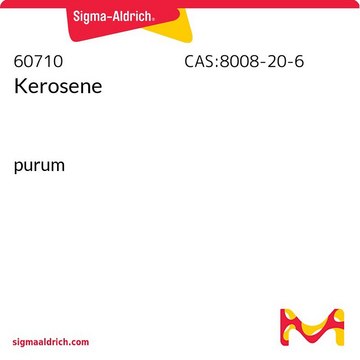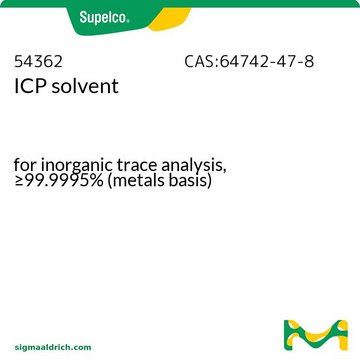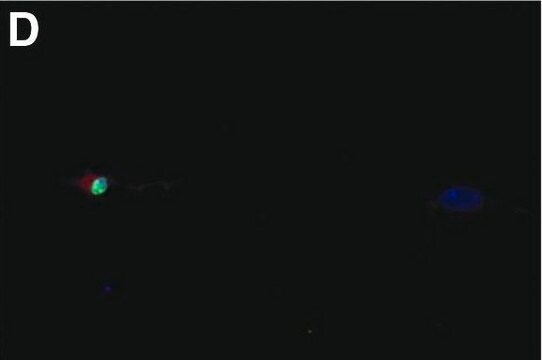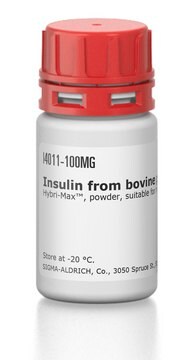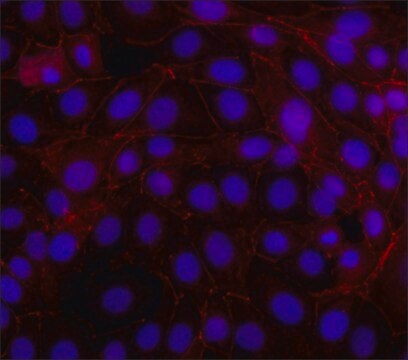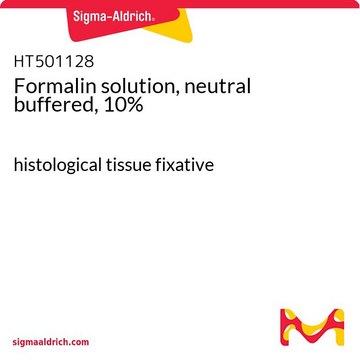추천 제품
일반 설명
Kerosene is a medium petroleum fraction. It is widely used as a commercial fuel. Kerosene is a complex blend of aromatic and aliphatic hydrocarbons with carbon numbers ranging from C9 – C16 . Flashpoint, distillation range, burning characteristics, sulfur content, color, and cloud point are some of the important characteristics of kerosene.
애플리케이션
Kerosene is used:
- As a fuel in the preparation of kerosene–alumina nanofluid.
- In the preparation of carbon nanoparticles (CNPs) by an incomplete combustion method.
- In the synthesis of wrinkled graphene nanostructures by thermal decomposition followed by modified Hummers′ method.
특징 및 장점
Kerosene fuel is ideal for practical use due to its:
- High density
- High enthalpy
- Easy storage
수량
3.8 L = 1 gal
18.9 L = 5 gal
18.9 L = 5 gal
신호어
Danger
유해 및 위험 성명서
Hazard Classifications
Aquatic Chronic 2 - Asp. Tox. 1 - Skin Irrit. 2 - STOT SE 3
표적 기관
Central nervous system
Storage Class Code
3 - Flammable liquids
WGK
WGK 2
Flash Point (°F)
179.6 °F - closed cup
Flash Point (°C)
82 °C - closed cup
Wontae Lee et al.
Nature communications, 10(1), 144-144 (2019-01-13)
Understanding how forces orchestrate tissue formation requires technologies to map internal tissue stress at cellular length scales. Here, we develop ultrasoft mechanosensors that visibly deform under less than 10 Pascals of cell-generated stress. By incorporating these mechanosensors into multicellular spheroids
J A Namocatcat et al.
Journal of contaminant hydrology, 67(1-4), 177-194 (2003-11-11)
Evolution of trimethylbenzoic acids in the KC-135 aquifer at the former Wurtsmith Air Force Base (WAFB), Oscoda, MI was examined to determine the functionality of trimethylbenzoic acids as key metabolite signatures in the biogeochemical evolution of an aquifer contaminated with
Gerardo Ramos et al.
Toxicological sciences : an official journal of the Society of Toxicology, 100(2), 415-422 (2007-09-25)
Dermal exposure to military (JP-8) and/or commercial (Jet-A) jet fuel suppresses cell-mediated immune reactions. Immune regulatory cytokines and biological modifiers, including platelet activating factor (PAF), prostaglandin E(2), and interleukin-10, have been implicated in the pathway of events leading to immune
A F Nordholm et al.
Journal of toxicology and environmental health. Part A, 56(7), 471-499 (1999-04-14)
Thirty-two Sprague-Dawley rats were exposed for 6 h/d for 14 consecutive days to JP-4 jet fuel vapor (2 mg/L) or room air control conditions. Following a 14- or 60-d recovery period, rats completed a battery of 8 tests selected from
Susan P Proctor et al.
Neurotoxicology, 32(6), 799-808 (2011-08-10)
One of the most prevalent workplace chemical exposures historically and currently confronting the global military and civilian workforce is jet propellant (JP) fuel (e.g., JP4, JP5, JP8, jet A1), a complex mixture of numerous hydrocarbon compounds and additives. To date
프로토콜
Summary application report for analysis of moisture in Kerosene
자사의 과학자팀은 생명 과학, 재료 과학, 화학 합성, 크로마토그래피, 분석 및 기타 많은 영역을 포함한 모든 과학 분야에 경험이 있습니다..
고객지원팀으로 연락바랍니다.